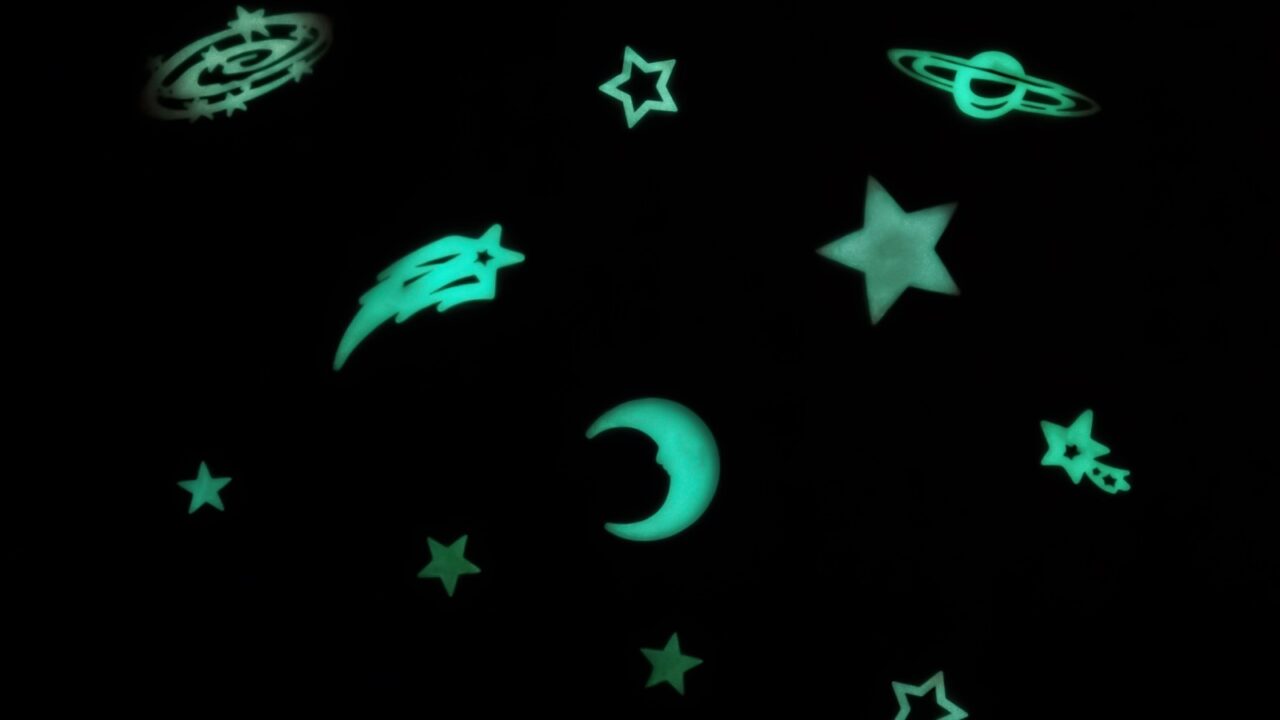Discover creative tips to build your home observatory for stargazing. From choosing the right location to adding cozy decor, this guide will help you enjoy the night sky from the comfort of your home.

Stargazing from Home
Love stargazing but don’t want to leave the comfort of your home?
A home observatory offers the perfect solution. From distant planets to shimmering constellations, you can enjoy all the breathtaking views of the night sky.
Swipe through to discover creative and practical tips for setting up your own stargazing haven.

Choose Location
Selecting the right spot for your observatory is key. Look for an area away from city lights that offers an unobstructed view of the sky.
Your roof, backyard, or even a secluded balcony can be ideal locations. The higher up you are, the better your view will be, so prioritize spaces that minimize light pollution.

Telescope
A good telescope is the heart of any home observatory. Look for a model that suits both, your budget and stargazing ambitions.
Telescopes with automatic tracking systems can make it easier to locate celestial objects. If you’re just starting out, opt for a basic model as it will allow you to observe stars, the moon, and planets in detail.

Stable Platform
To get the most out of your telescope, you’ll need a stable platform to avoid shakes or vibrations. A solid deck, rooftop, or backyard patio can serve as a good base.
If you’re using a tripod, make sure it’s sturdy enough to handle your telescope without wobbling. Stability will help significantly improve your viewing experience.

Light-Free Environment
To truly enjoy the night sky, you’ll need to minimize any artificial light around your observatory. If you’re using your balcony for stargazing, consider installing blackout curtains to block the unnecessary light.
For an outdoor setup, try adding soft lights to guide your way without disturbing your night vision. The less light there is, the more stars you’ll see.

Seating
Stargazing is best enjoyed when you’re comfortable. Add cozy chairs or loungers to your observatory area to enjoy the view in comfort.
Choose outdoor furniture that can withstand outdoor elements like rain, sunshine, etc if you’re setting up outside. For an indoor space, plush seating with cushions can make the stargazing much more enjoyable.

Star Map
Having a star map or guide handy will help you identify constellations and celestial objects. You can install a glow-in-the-dark star map on a nearby wall or even use an online app for guidance.
These tools are perfect for not only beginners but seasoned stargazers too, and make the experience more interactive and informative.

Binoculars
Where telescopes offer detailed views, binoculars are great for a quick look at the stars or a wide scan of the sky. Keep a pair handy for casual sky-gazing or spotting celestial objects that don’t require high magnification.
They’re easy to use, making them a perfect addition to your home observatory setup.

Star Tracker App
A star tracker or a sky-watching app can help maximize your stargazing experience. These tools allow you to easily locate and identify celestial bodies in real-time.
Some apps even provide alerts for upcoming meteor showers or planetary alignments. So take out your smartphone and turn your observatory into a high-tech stargazing hub.

Glow-in-the-Dark Accents
Add a touch of cosmic flair to your observatory by decorating with glow-in-the-dark accents. Go for glow-in-the-dark stars on walls, celestial-themed art, or even glowing planters.
These subtle touches create a magical atmosphere without interfering with your night vision and add a touch of personalization to the space.

Space Heater
Stargazing during colder months can be a bit uncomfortable, but a space heater can make all the difference. For outdoor setups, opt for a portable, weatherproof heater to warm up your space without affecting your stargazing.
If you’re indoors, a small electric heater will keep you cozy while you enjoy the night sky.

Red Flashlights
Normal white light disrupts the night vision and makes it harder to spot stars. Instead, use red flashlights as they help preserve night vision.
Keep one on hand to move around your observatory without affecting your ability to gaze up at the stars. It’s a simple yet essential tool for any stargazer.

Journal
Document your stargazing discoveries with a journal or logbook. Keeping track of constellations, planets, or meteor showers you’ve observed adds a personal touch to your hobby.
This little habit will help you plan future nights based on celestial events you’ve recorded and also allow you to reminisce about the magical moments spent under the stars.

Astrophotography
Capture the beauty of the night sky by setting up a camera for astrophotography. A DSLR with a long exposure setting is perfect for photographing stars, constellations, or even the Milky Way.
Try experimenting with different exposure times to capture the movement of the stars, and create stunning star trails. Use a tripod to keep your camera steady and avoid any blurring in your photos.

Celestial Gatherings
Make stargazing a social event by inviting friends or family to join you in your home observatory. Set up chairs, bring out some snacks, and share the beauty of the universe together.
You could even host a stargazing party during major celestial events, making your home observatory the ultimate nighttime hangout space.
For larger gatherings, it’s essential to keep things organized. If you want helpful tips on handling everything smoothly, check out How to Efficiently Manage Large Gatherings to make sure your stargazing event is both fun and hassle-free.

Planetarium Projector
For nights when the weather isn’t suitable for stargazing, a planetarium projector can bring the stars indoors. These projectors recreate the night sky on your ceiling, allowing you to enjoy constellations and planets from the comfort of your home.
If you’re interested in taking your indoor entertainment setup to the next level, explore Turn Your Basement into a Dream Cinema for ideas on creating the ultimate movie-watching experience.